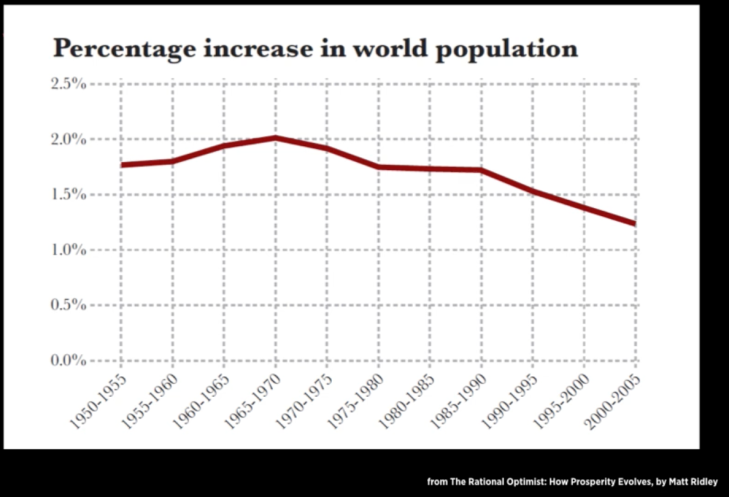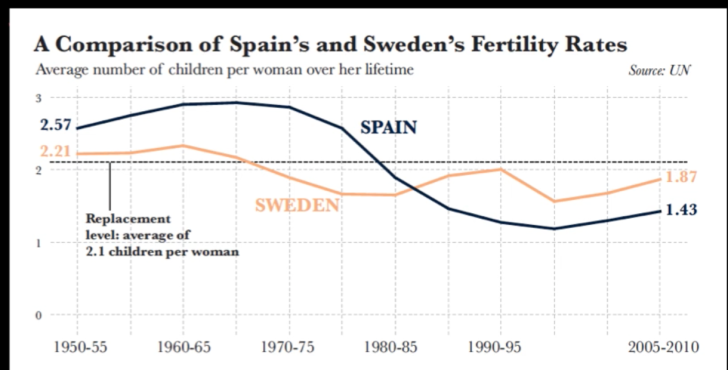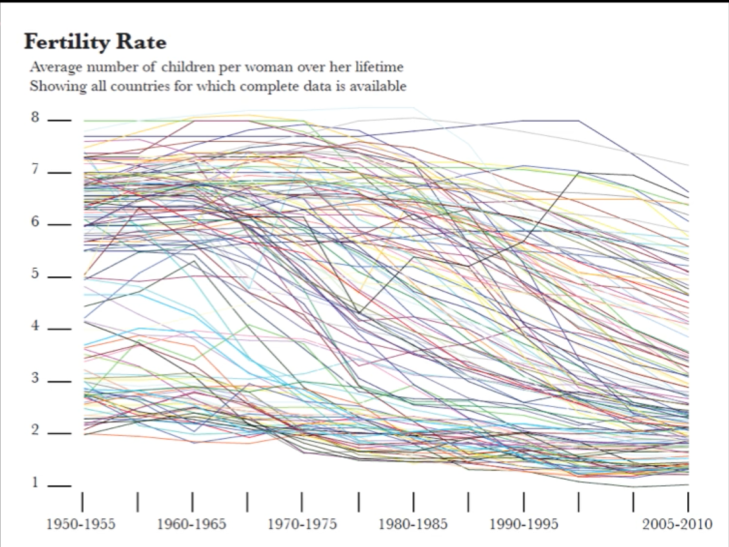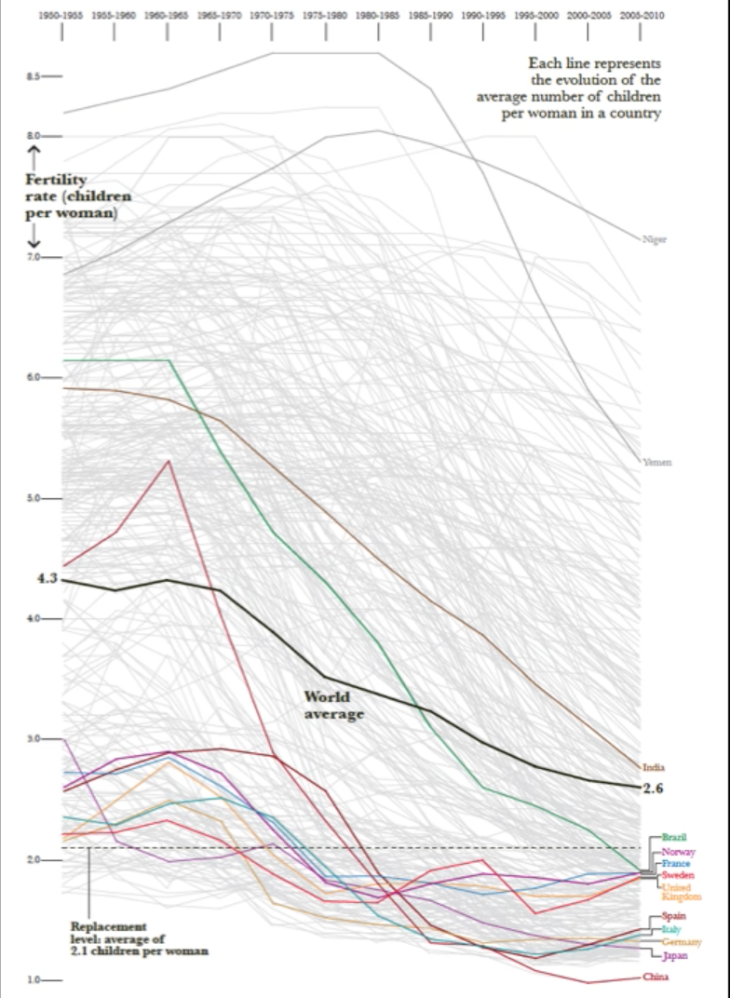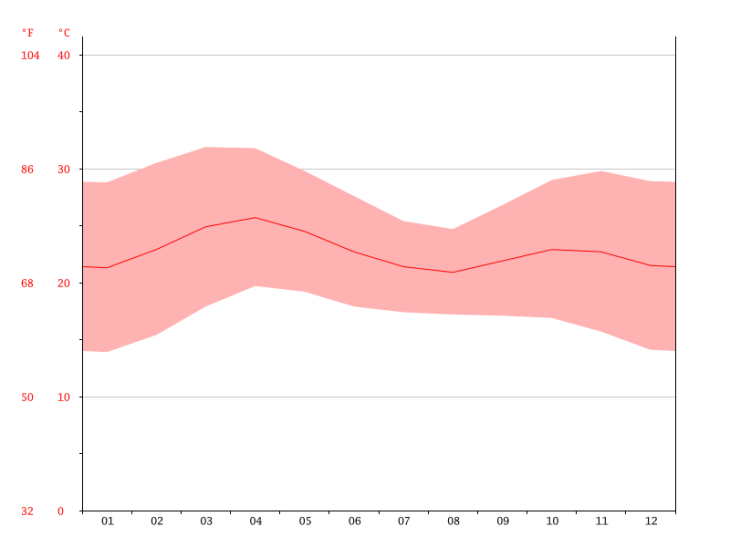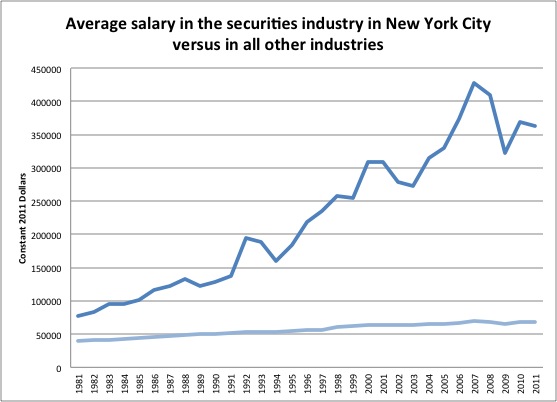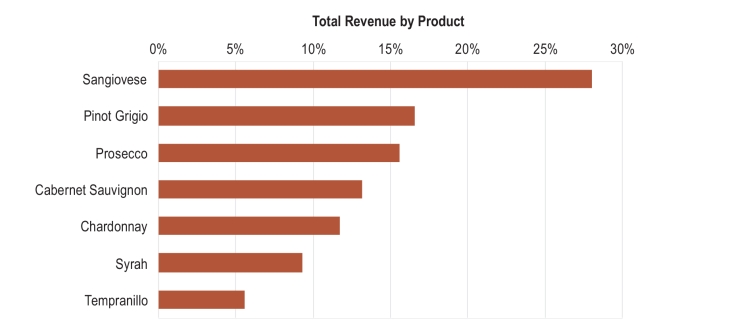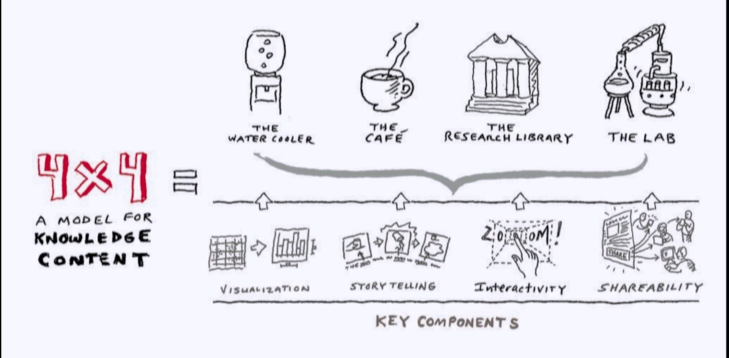This week we will look at what data journalism looks like at The Guardian. At The Guardian journalism used to just be about words and carefully crafting those words to create imagery for the reader. However, now data journalism has revolutionised the way journalists tell stories. Data journalism means that you are not just confined to text, but you can tell a story through images as well. Journalists are the least trusted by the public, however by being able to show their findings through data visualisations it gives their stories more credibility. The Guardian are pioneers for data journalism and define data journalism as just journalism as they realise it has changed the journalism world.
At The Guardian, journalism didn’t exist until 2009, however it is something they have always been trying to tackle from the beginning. The Guardian have always been displaying data however technology has changed how it is displayed.
During the London Olympics, The Guardian created a visualisation to show the medals won by each country. However, unlike other medal charts at the time The Guardian combined things like population of the country, team size etc to allow for greater comparison. This created discussion about things like “why one country was better at running than another?” and how economics affected this. Data journalism allows for endless content and when made interactive it allows people to explore the data themselves and create their own conclusions.
Most important aspect and why?
I found the most important part of this lecture was understanding how data journalism and data designers work together to create stories and inform the public of information. I found it really interesting that data journalism has become the new journalism, that using imagery to tell stories is now the norm. This was important to learn as it provided a reference point to study in The Guardian – to learn how they do things and how they interpret data. However, it was also important as it gave greater weight to the field of design and that the industry of journalism now works more closely with designers to tell their stories.
References
The Guardian. (2013, April 8). What is data journalism at the Guardian? [Video File]. Retrieved from https://www.youtube.com/watch?v=IBOhZn28TsE
The Guardian. (2013, April 8). History of data journalism at the Guardian [Video File]. Retrieved from https://www.youtube.com/watch?v=IBOhZn28TsE
The Guardian. (2013, April 8). Data journalism in action: the London Olympics [Video File]. Retrieved from https://www.youtube.com/watch?v=WyjBJzigm0w
